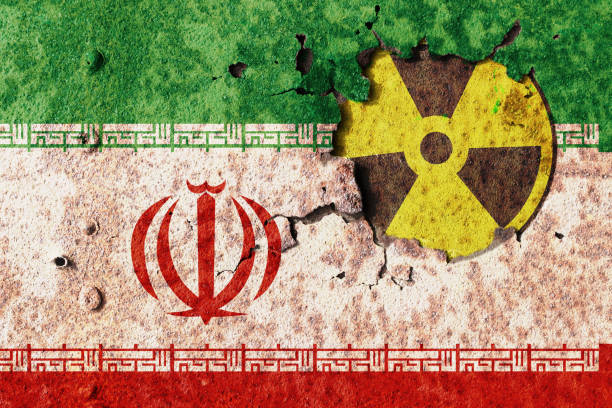Already a subscriber? Make sure to log into your account before viewing this content. You can access your account by hitting the “login” button on the top right corner. Still unable to see the content after signing in? Make sure your card on file is up-to-date.
The United States has voiced significant concern over reports indicating Iran’s accelerated production of weapons-grade uranium.
The White House National Security Council spokesperson responded to an International Atomic Energy Agency (IAEA) report highlighting Tehran’s rapid advancement in producing this high-grade material. A spokesman said, “Iran’s nuclear escalation is especially troubling given the ongoing dangerous activities by Iran-backed proxies in the region, including recent drone attacks in Iraq and Syria and Houthi assaults on commercial vessels in the Red Sea.”

The IAEA’s report to member nations revealed that Iran has quickened its pace of producing uranium enriched near weapons-grade levels, reversing an earlier slowdown that began mid-2023. Iran had previously reduced its uranium enrichment rate to 60 percent purity, a mere technical step away from the 90 percent level considered weapons-grade. By contrast, nuclear power plants typically use uranium enriched to 3.67 percent purity. The IAEA noted a recent increase in production to about 9kg (20lb) per month at Natanz and Fordow facilities, matching the rate from early 2023 after a dip to 3kg (6.6lb) per month in June.
Iran’s atomic energy chief, Mohammad Eslami, dismissed the IAEA’s concerns on Wednesday, maintaining that Iran is operating “according to the rules” and has initiated “nothing new.” Iranian officials have consistently asserted that they have no intention to develop nuclear weapons.
This increase in enrichment activity comes amid strained relations between Washington and Tehran, exacerbated by the Israel-Gaza conflict and Iran’s support for Russia in Ukraine.






